Airline Pricing Puzzle: You’re searching for flights and suddenly a head-scratcher appears — a short flight from City A to City B costs more than a longer flight across continents. What gives? Welcome to the baffling world of airfare, where prices are shaped by complex algorithms and not simple logic. This post dives deep into the Airline Pricing Puzzle to help you understand why airfare defies expectations and what savvy travelers can do about it.
Why Distance Doesn’t Equal Price
Let’s start with the most common misconception: that longer flights should naturally cost more. In reality, the Airline Pricing Puzzle proves the opposite. Flight pricing has less to do with miles and more to do with money — how airlines can maximize revenue based on what you’re willing to pay. This is known as “dynamic pricing,” and it responds instantly to dozens of real-time variables.
So, what are those variables? Here’s a breakdown:
- Market Demand: Airlines adjust pricing based on how many people are booking, when, and where. High-demand routes spike in price fast, even if they’re short.
- Competition Levels: Fewer airlines on a route means less incentive to lower prices. Monopolies (or duopolies) raise costs for everyone.
- Booking Time: Fares fluctuate wildly based on how far in advance you book. Last-minute fares can be triple the price of early ones — regardless of route length.
- Flight Frequency: Popular long routes served by multiple daily flights may offer cheaper tickets simply because airlines need to fill more seats.
- Fare Buckets: Airlines divide economy into multiple pricing tiers. Two people on the same flight might pay very different prices — purely based on timing and fare rules.
According to IATA, distance plays only a marginal role in modern airfare models. Your seat price is calculated using algorithms that factor in demand elasticity, historical sales, and competitor behavior more than geography.

Why Short Flights Can Cost You More
Here’s where things get even more puzzling. Why would a two-hour flight cost more than a six-hour one? The answer lies in who’s flying, how often, and where.
- Business Travel Routes: Short flights between economic centers (like New York–Boston or London–Brussels) are booked frequently by business travelers. Because companies often pay regardless of price, airlines capitalize on that.
- Lower Seat Volume: Regional jets on short routes have fewer seats and limited departure times. This leads to higher per-seat costs for the airline — and for you.
- Airport Taxes: Some short flights operate between two expensive airports. If each airport charges high departure and arrival fees, that cost is passed onto you, no matter the flight time.
- Less Competition: Many regional routes are served by a single carrier. Without competition, there’s no pressure to drop prices.
- Quick Turnaround Costs: Short flights still require a full ground crew, security, gate staff, and flight operations — which may not be as efficient as on larger long-haul planes.
Want proof? Try pricing flights between smaller regional cities or intra-Europe routes. Often, the limited carrier choices and dense flight schedules raise costs for routes that, on paper, should be cheap.
When Long-Haul Flights Are Surprisingly Cheap
It seems counterintuitive, but sometimes you’ll find a long-haul flight for less than a one-hour hop. This part of the Airline Pricing Puzzle comes down to competitive forces and airline strategy. Here’s how that plays out:
- Hub Routes: Long-haul flights between major global hubs (like JFK–LHR or LAX–NRT) see intense price competition. Airlines often slash prices just to stay competitive.
- Tourism Demand: Popular destinations offer deals to attract tourists. Airlines partner with tourism boards to subsidize lower fares in hopes travelers will spend on hotels, tours, and services.
- Flight Economics: Wide-body aircraft are more fuel efficient per seat than regional jets. The cost of operating a large jet across the Atlantic may be less per passenger than a smaller plane flying short distances.
- Connecting Traffic: Airlines want to fill every seat. A cheap fare from Berlin to New York helps fill a route for a Frankfurt hub and connects passengers across multiple legs.
Budget airlines like Norwegian or Condor have also made transatlantic flights cheaper than ever by offering bare-bones fares — you get your seat, but little else.
Smart Ways to Outsmart Airline Pricing
Now that you know what causes the Airline Pricing Puzzle, let’s talk about how to work around it. Although you can’t control airline algorithms, you can outsmart them with some strategic planning.
- Stay Flexible: Try searching for flights a few days before and after your target dates. Flexibility is one of the best money-saving tactics.
- Fly Mid-Week: Tuesdays and Wednesdays often offer cheaper fares due to lower demand.
- Use Meta Search Engines: Sites like Momondo and Kayak Explore uncover alternate routes and carriers that don’t always appear on airline sites.
- Set Fare Alerts: Apps like Hopper and Skyscanner monitor routes and notify you when prices drop.
- Search in Incognito Mode: While airlines deny tracking user behavior, many travelers believe cookies affect price visibility — so try browsing privately.
- Consider Alternative Airports: Look at flights into or out of airports within 100 miles of your destination. The savings might offset the added travel.
Combining these tips with an understanding of airline pricing logic puts you in the best position to grab a deal. It’s not about luck — it’s about knowing how the system works.
We’ve all encountered the Airline Pricing Puzzle at some point — sometimes you find a flight deal that feels like a steal, other times you’re shocked by how much a short flight costs. What’s the most confusing fare you’ve seen? Did you ever fly farther for less? Share your stories below — and don’t forget to follow WentWorld.com for more insider travel tips and real-world savings advice.
Catch up on the top stories and travel deals by subscribing to our newsletter!


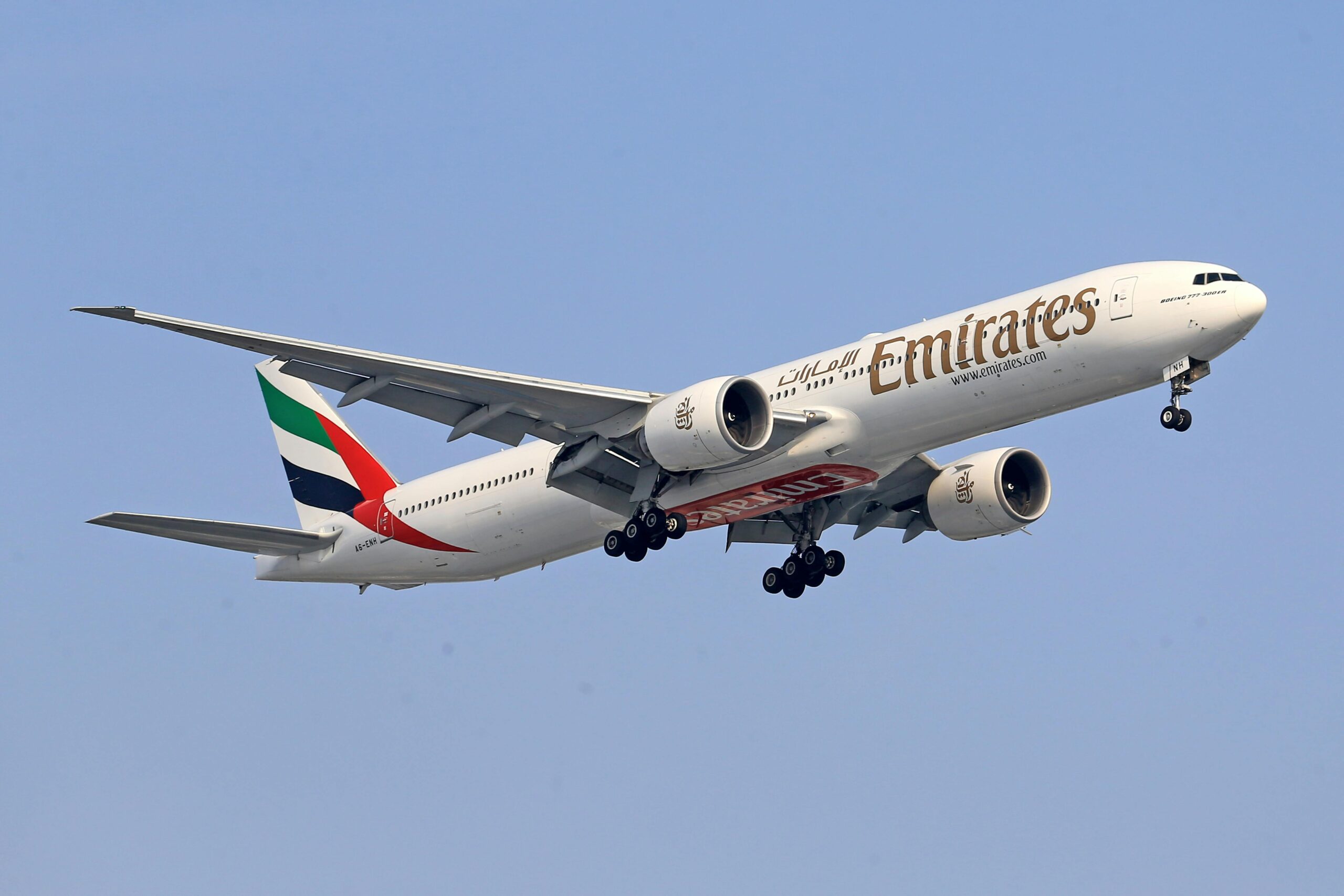
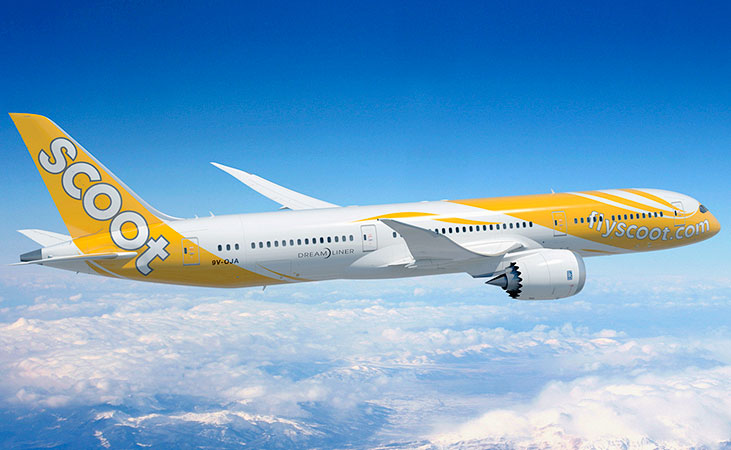
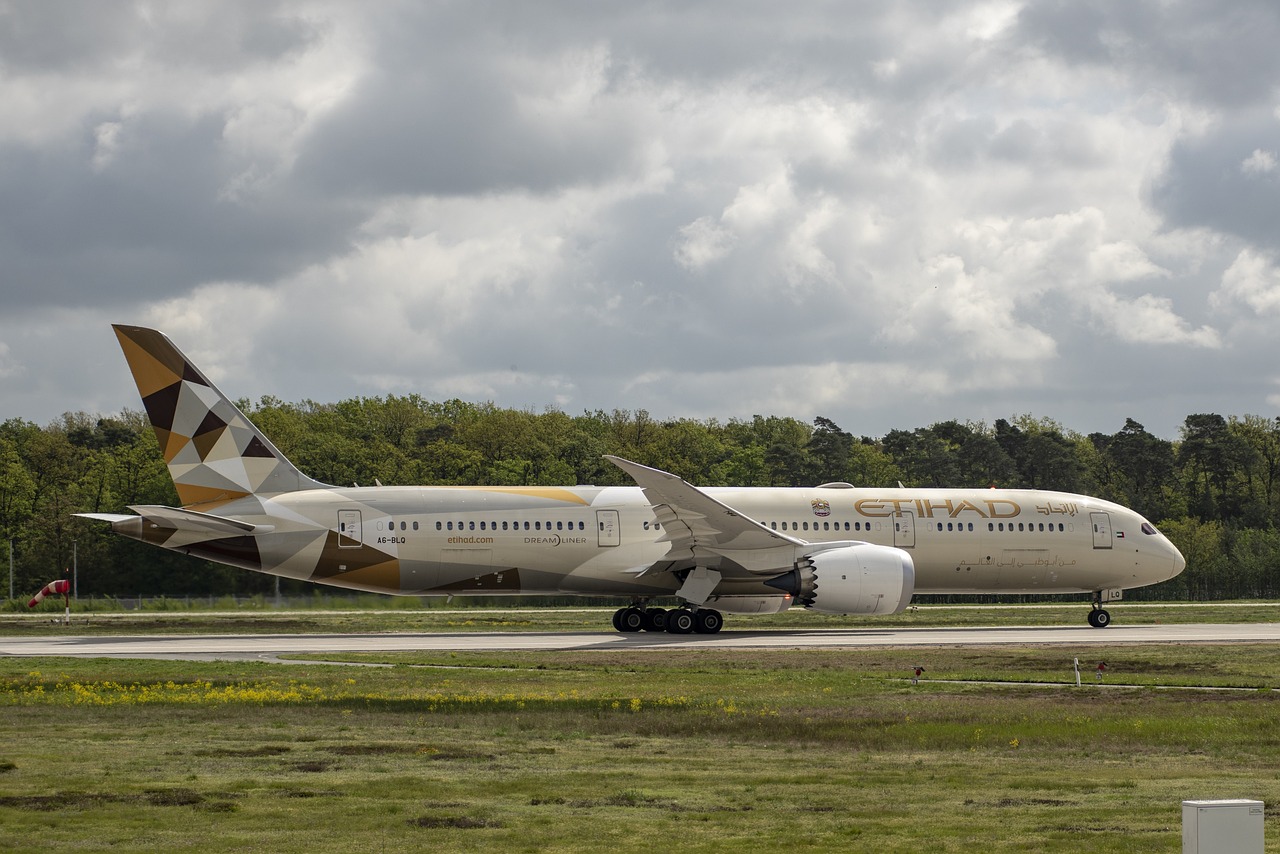

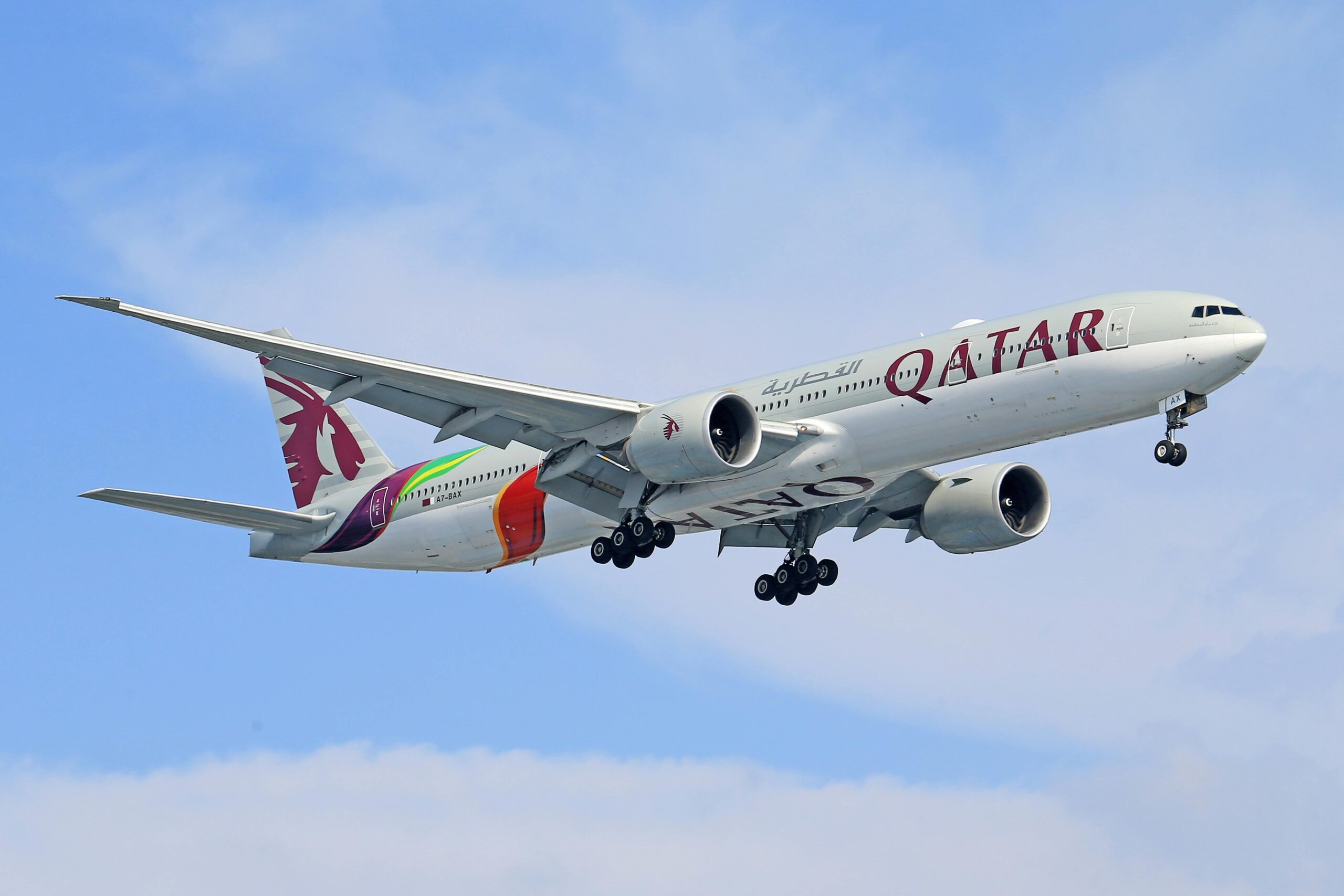

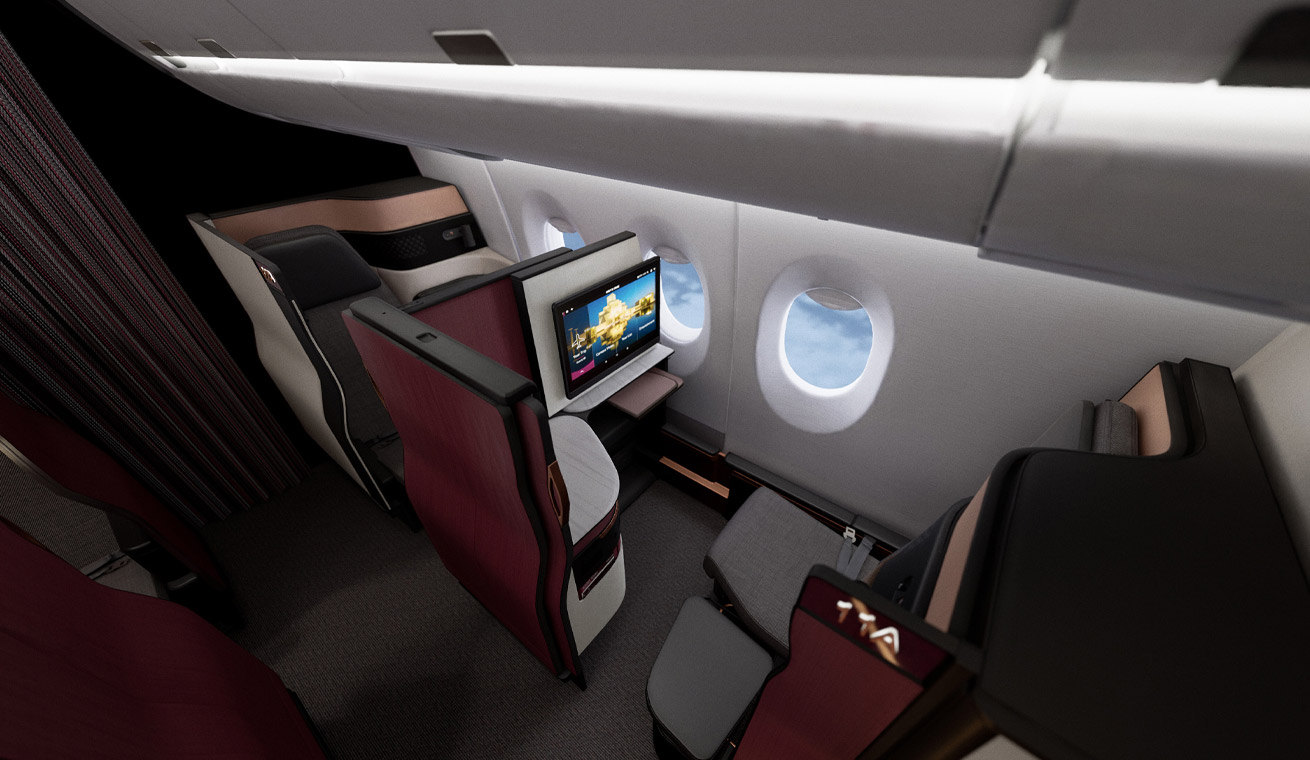

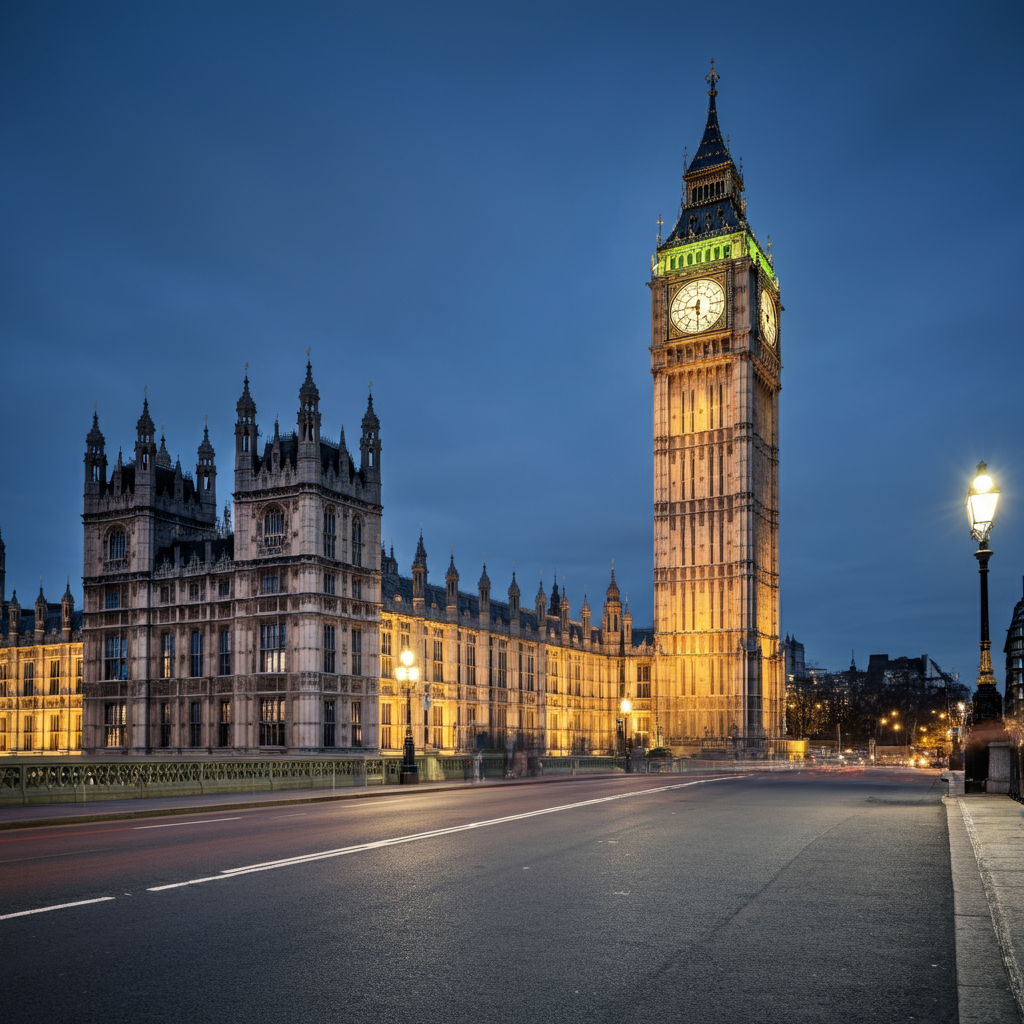
Leave a Reply